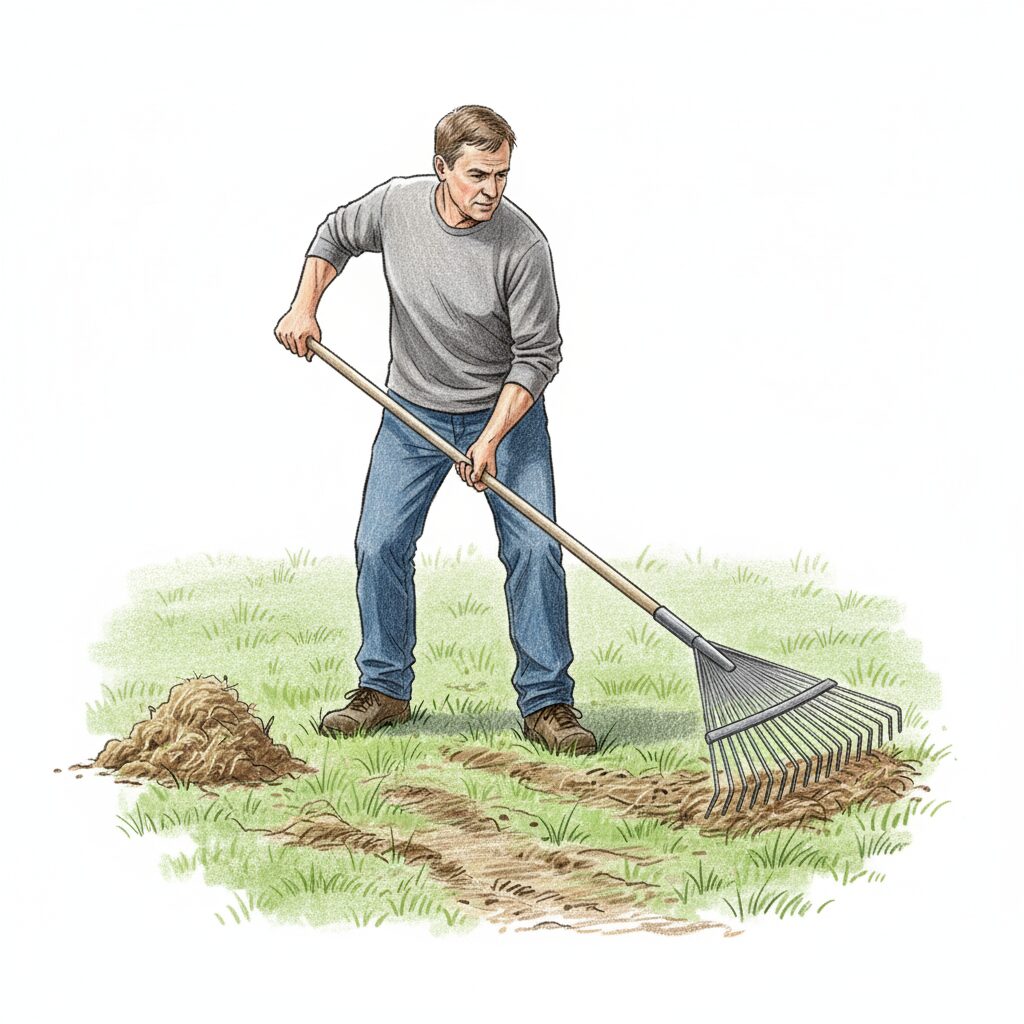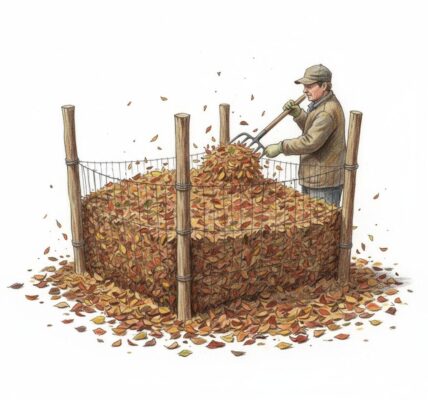
October is the best time to scarify your lawn. This important lawn maintenance removes the thick layer of thatch and moss that can smother your grass. While you can scarify in spring, waiting until autumn lets you do a more thorough job. The conditions now help your lawn recover well, so it will be healthier when spring arrives.
The main benefit of scarifying in October is the weather. The soil still holds summer warmth, which is crucial for stimulating grassroots and encouraging recovery. October usually brings more rainfall, but without the heat that causes summer stress. The combination of warm soil and moisture creates the perfect recovery environment. Gaps or bare patches from removing moss and thatch will heal quickly, especially if you overseed right after scarifying.
A thick layer of thatch acts like a sponge. It holds surface moisture and blocks air and nutrients from reaching the grass roots. If left over winter, this wet, compressed layer encourages more moss growth. It also makes your lawn more susceptible to fungal diseases. Scarifying aggressively in October greatly improves drainage and air circulation to the soil. The grass can breathe, roots grow deeper, and the lawn becomes better equipped to handle cold, damp winter conditions.
Completing this laborious task in autumn means you do the hardest work as the gardening season slows down. The messy aftermath will be largely forgotten over the quiet winter months. When spring arrives, instead of tackling a weak, moss-ridden lawn, you’ll be welcomed by healthy turf.




